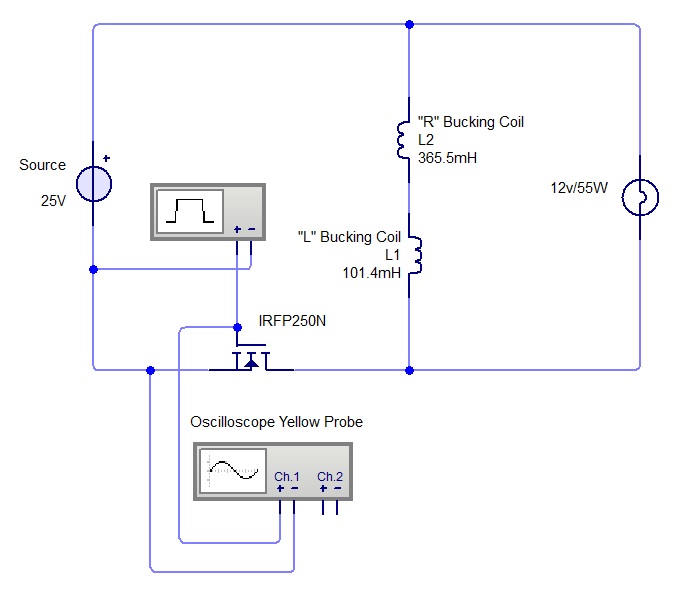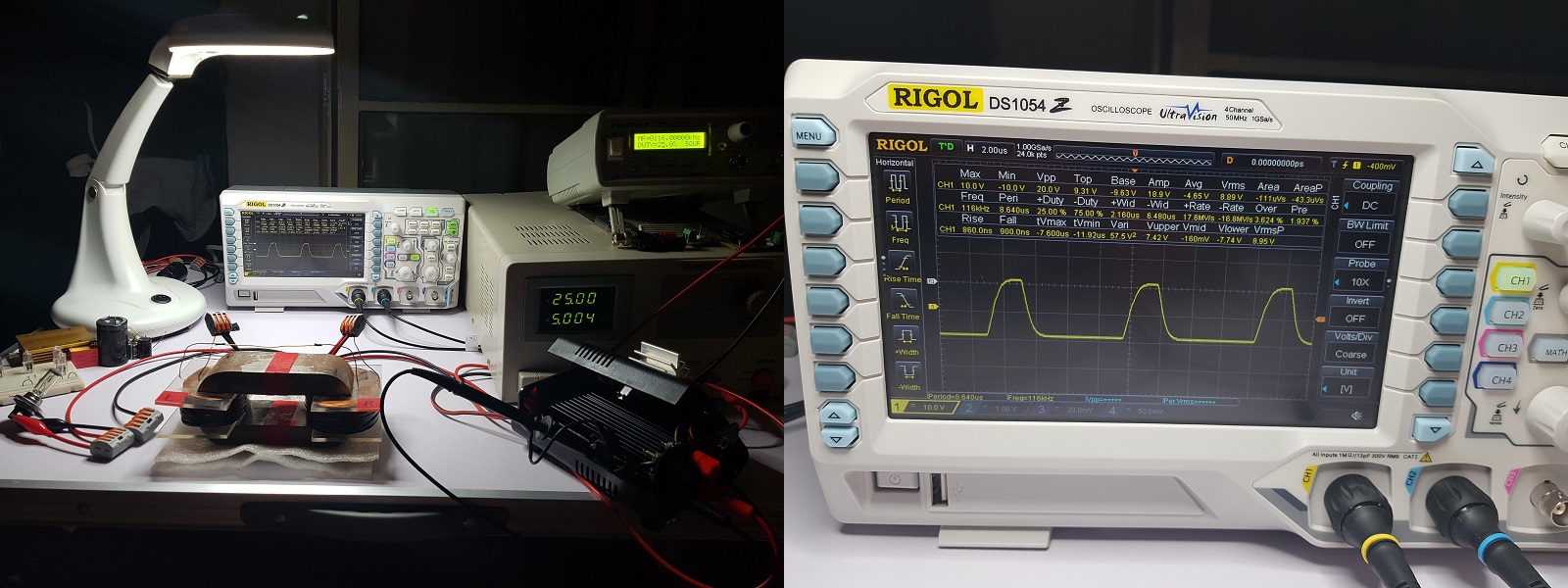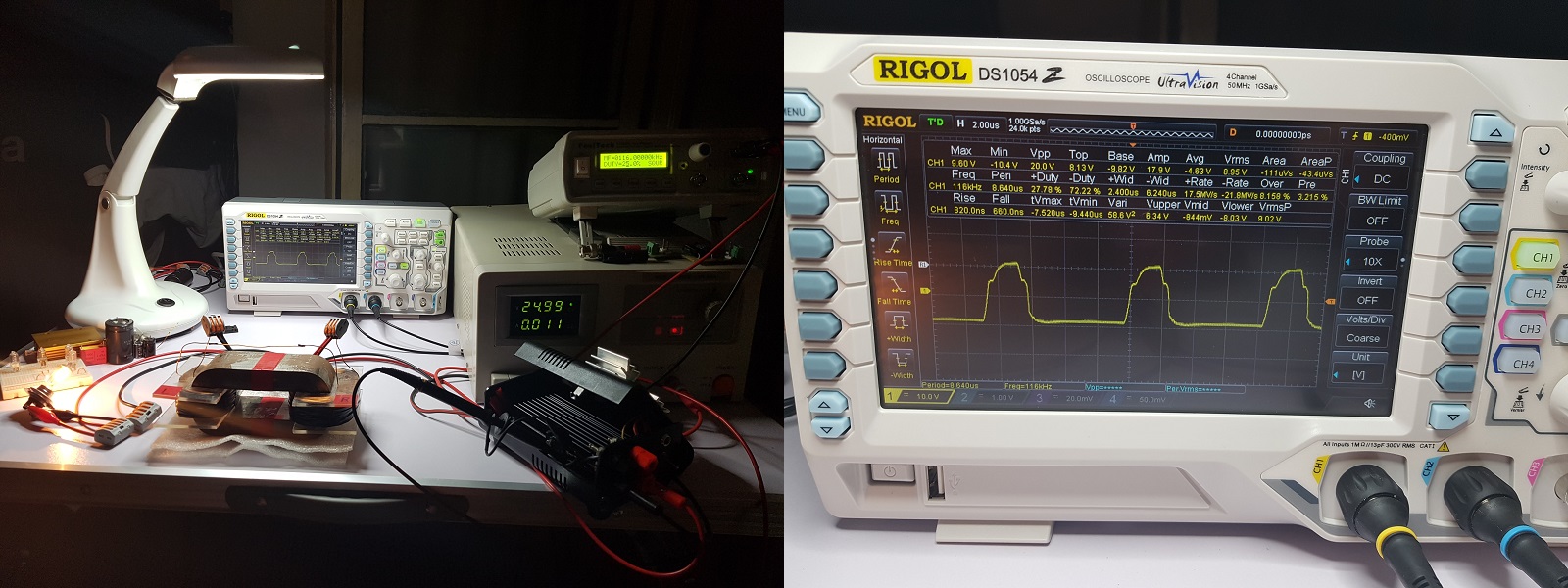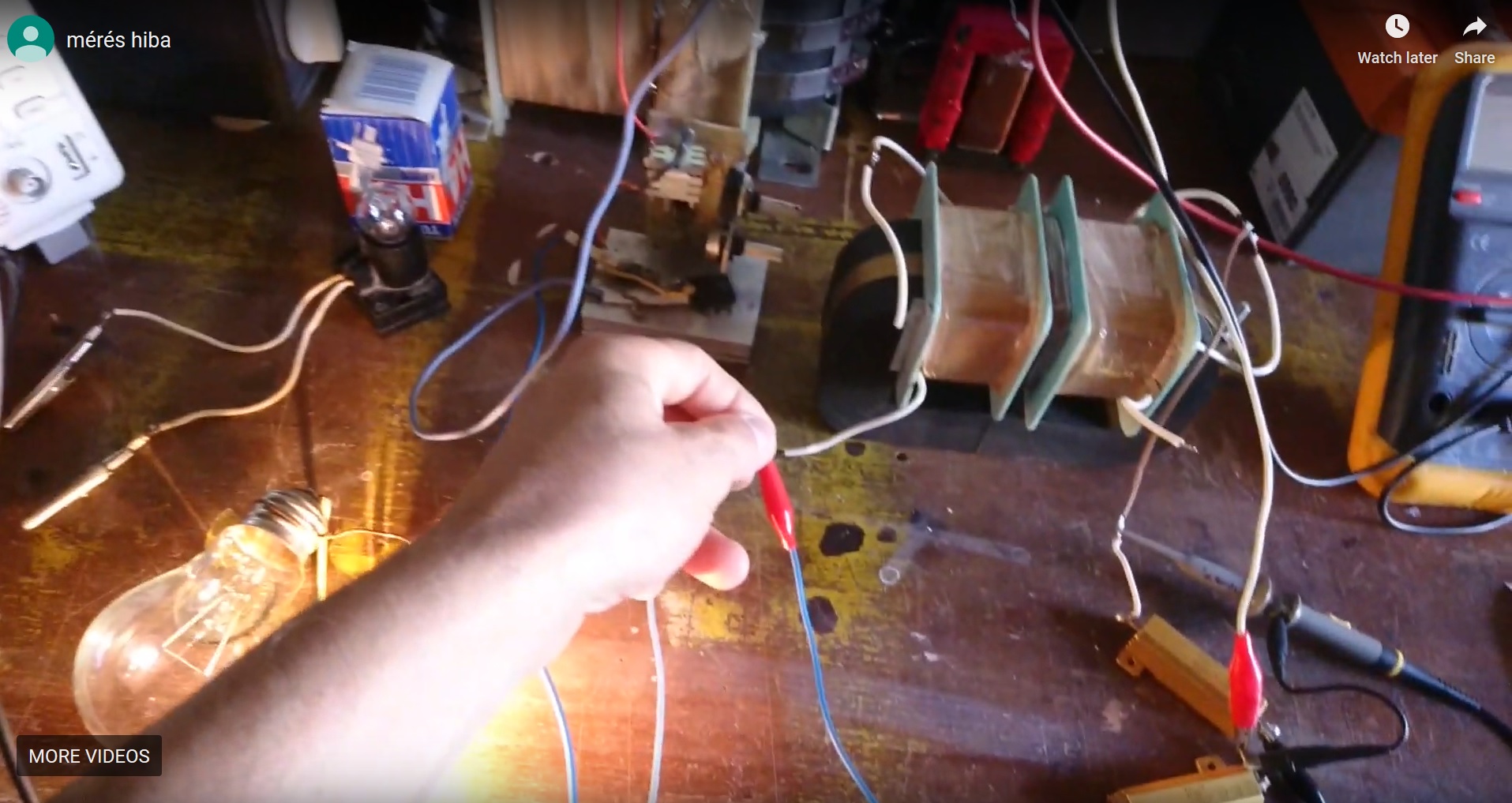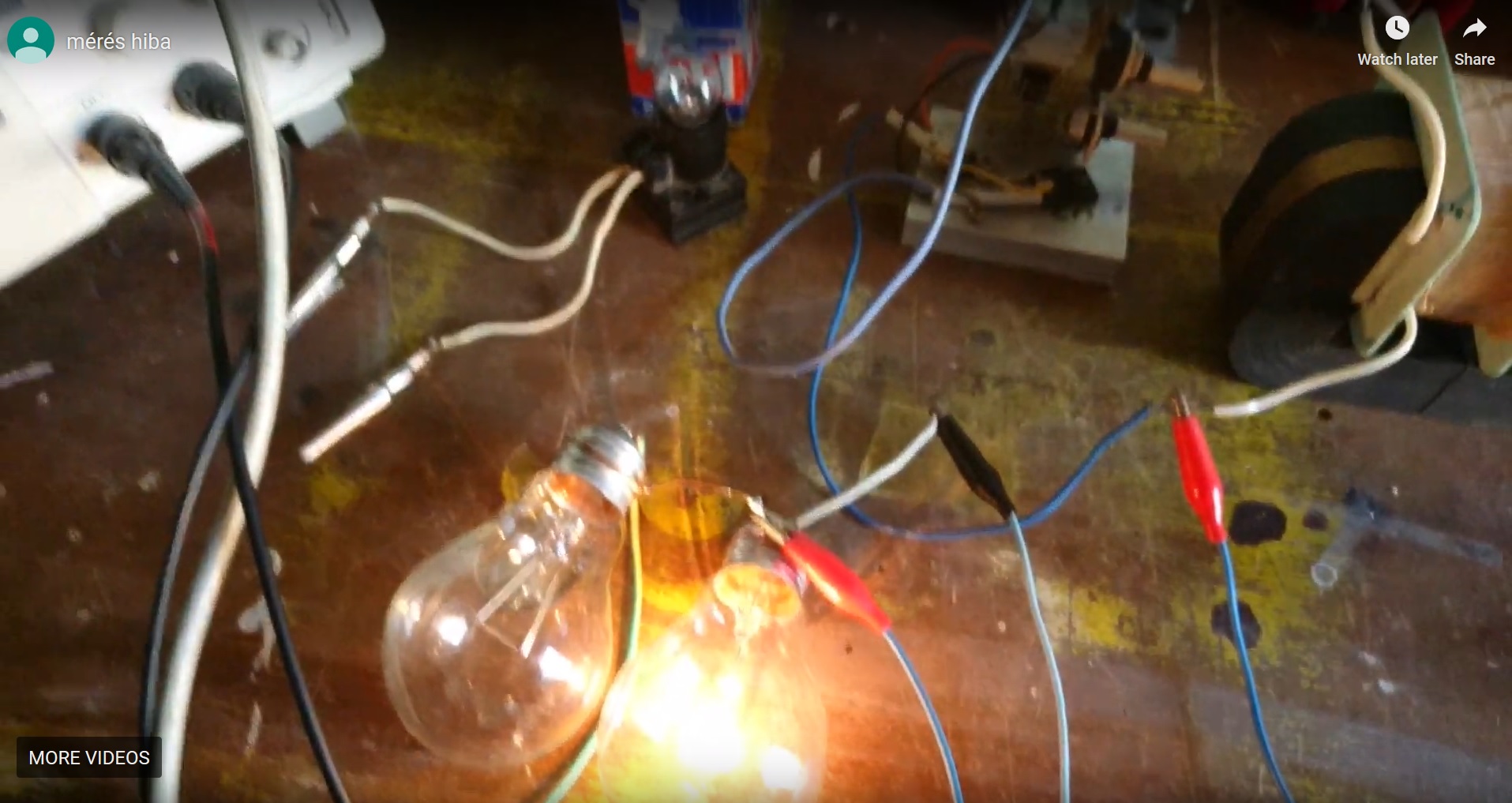Some more info (let me know if this is a distraction and I'll clear it off)
Links to some Power Supply Output Impedance information:
The video at the end of this link's page is pretty good.
https://www.powerelectronicsnews.com/technology/output-impedance-as-an-important-design-parameter-for-power-supplies
Also;
DC power supply output impedance characteristics
https://community.keysight.com/community/keysight-blogs/general-electronics-measurement/blog/2016/11/08/dc-power-supply-output-impedance-characteristics
How can I measure output impedance of a DC power supply?
https://community.keysight.com/community/keysight-blogs/general-electronics-measurement/blog/2016/10/12/how-can-i-measure-output-impedance-of-a-dc-power-supply
It can get quite involved very quickly, but in general, to quote the Keysight (former HP) fellow [Steven Lee]:
"The impedance of a typical DC power supply’s output stage (like the conceptual one illustrated in the above referenced posting) is usually on the order of an ohm to a couple of ohms. This is the open-loop output impedance; i.e. the output impedance before any feedback is applied around the output. If no feedback were applied we would not have anywhere near the load regulation we actually get. However, when the control amplifier provides negative feedback to correct for changes in output when a load is applied, the performance is transformed by the ratio of 1 + T, where T is loop gain of the feedback system. As an example, the output impedance of the DC power supply operating in constant voltage becomes:
Zout (closed loop) = Zout (open loop) / (1+T)
The loop gain T is approximately the gain of the operational amplifier times the attenuation of the voltage divider network. In practical feedback control systems the gain of the amplifier is quite large at and near DC, possibly as high as 90 dB of gain.
This reduces the power supply’s DC and low frequency output to just milliohms or less, providing near ideal load regulation performance.
Another factor in practical feedback control systems is the loop gain is rolled off in a controlled manner with increasing frequency in order to maintain stability. Thus at higher frequency the output impedance of a DC power supply operating as a voltage source increases towards its open loop impedance value as the loop gain decreases. ..."
Again;
IMHO - your supply likely has less to do with things than the Coil/Transformer characteristics (self, mutual inductance, inter-winding and other capacitance, core B-H Curve, bulb impedance (it's a coil), cold bulb thermal resistance/impedance change as it heats up, MOSFET operating performance (many characteristics to consider), waveform (harmonics - FFT), etc...
All in all - your experiments present some really good, thought provoking, things, in my opinion. Thanks!
SL

